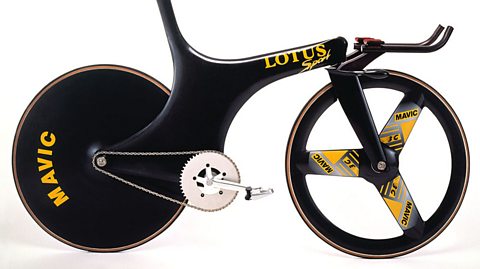Key points about modern materials
- Modern materials are engineered to have improved properties compared to traditional materials like paper, wood, stone, and metals.
- Graphene is a single layer of carbon atoms that is hypothetically 100 times stronger than steel and could be used for lightweight, bulletproof body armour.
- Titanium is used in medical and sporting applications because it has a high strength-to-weight ratio and is resistant to corrosion.
- Metal foams are strong, lightweight materials made by injecting gas into molten metal, and they are used in vehicles to absorb shock.
- Liquid crystal displays (LCDs) use liquid crystals to display images and require a backlight, with OLEDs being a more advanced alternative for thinner, lighter devices.
Smart materials and composites are covered in What are smart materials and composites?
Modern materials
What is a modern material?
Traditional materials are those that have been in use for centuries, such as paper, wood, stone and metals. We have also developed modern materials, which can be used alongside them. A modern material is a material that has been engineered to have improved properties.
Concrete, aluminium and steel are all commonly used modern materials, but more recent additions include materials that have changed the way we manufacture and use products.
Graphene
Graphene is a single carbon layer material, which is hypothetically 100 times stronger than steel. It is hypothetical because we are yet to manufacture it in large enough quantities to prove this. In theory, it could provide body armour that is bulletproof, invisible and almost weightless.
If the whole of Wembley Stadium was covered in a layer of graphene, it would be almost invisible and be unbreakable, yet it could all be lifted with one finger.
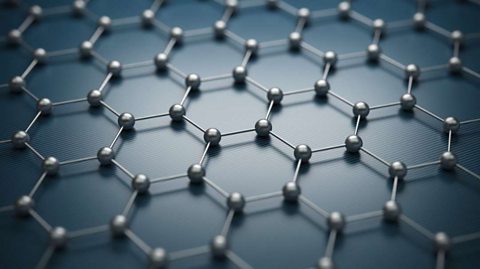
Titanium
Titanium is a modern metal and is used in sporting and medical applications, such as replacement hip joints and high-performance bicycles. It is an excellent material for these purposes as it has a high strength-to-weight ratio and is resistant toCorrodeThe deterioration of a material, usually a metal or metal alloy. Often by water and oxygen but other chemicals can cause corrosion, eg rusting..
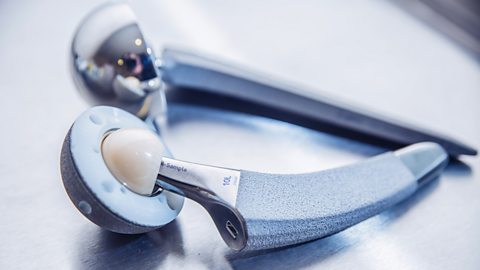
Metal foam
Metal foams are a strong but lightweight modern material produced by injecting a gas or foaming agentA material that helps create foam or maintain it in a liquid or solid into molten metal. Typically, only 5-25 per cent of the foam is the metal, and this allows the material to retain much of its strength but without the density or weight of a solid metal. Metal foams are often used in vehicles such as planes and cars as they absorb shock effectively if the vehicle crashes.
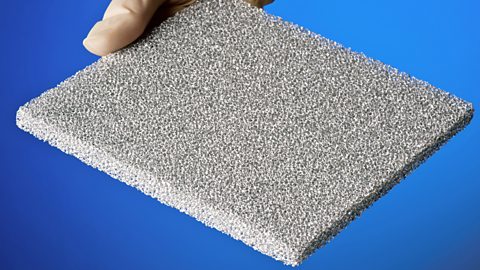
Liquid crystal displays
Liquid crystal display (LCD)A display technology that uses liquid crystals to create images on a screen use the properties of liquid crystals to display an image. The liquid crystals are between a liquid and solid state. When charge is applied to each liquid crystal, the shape changes to either block light or let light through. This ensures text or images display on the LCD.
LCDs require a backlight to work and many modern devices now use organic light-emitting diodes (OLEDs) instead, which allows devices to be thinner and lighter. OLEDs are more expensive as each pixel produces its own light, but they allow for thinner panels and better colour and .
Nanomaterials
Nanomaterials are tiny particles of 1 to 100 nanometres (nm)One billionth (0.000000001) of a meter that can be used in thin films or coatings such as the oleophobicA nanomaterial applied to a surface to repel oil and fingerprints. coatings on smartphone screens that repel greasy fingerprints, or hydrophobic materials that repel water.
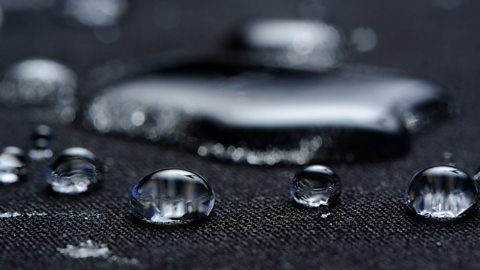
Test yourself
More on Materials, components and fabrication
Find out more by working through a topic
- count1 of 5
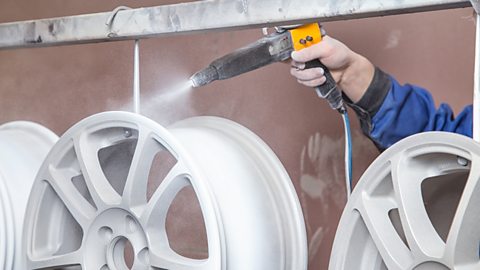
- count2 of 5
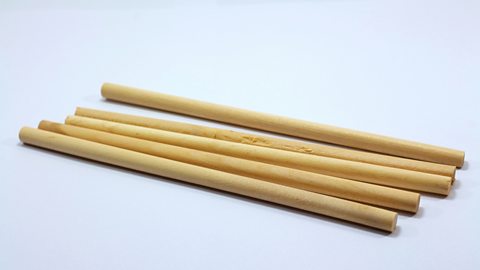
- count3 of 5

- count4 of 5
